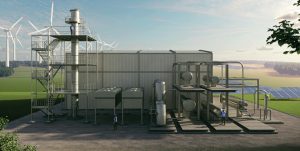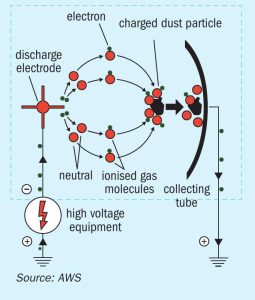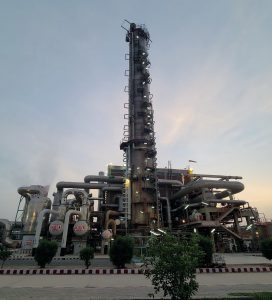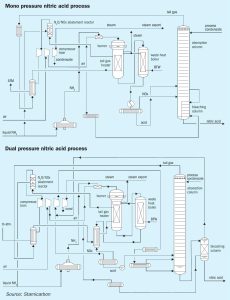
Cryogenic storage for green ammonia
Stamicarbon, in collaboration with KT Tech, has developed a cryogenic energy storage system, named GALCES , for green ammonia plants that addresses the intermittency challenges of renewable energy supply. The technology not only supports the sustainability goals of the ammonia production industry but also contributes to broader energy market stability and efficiency.









